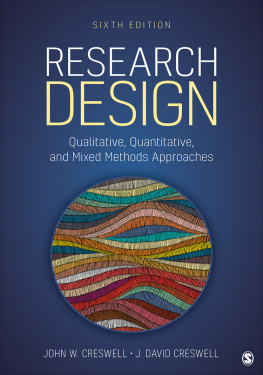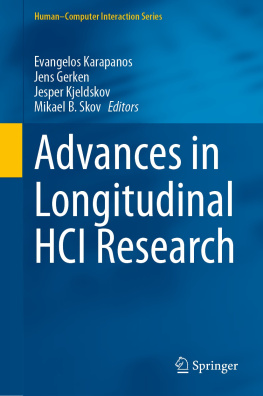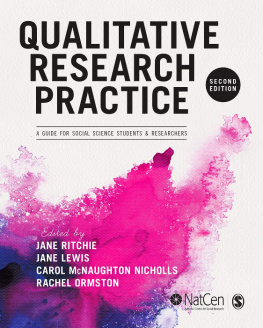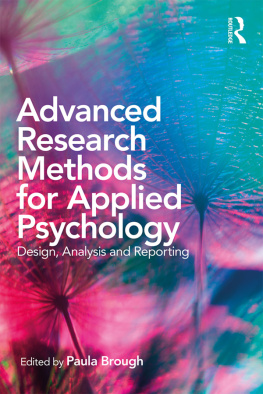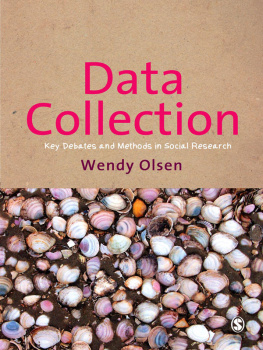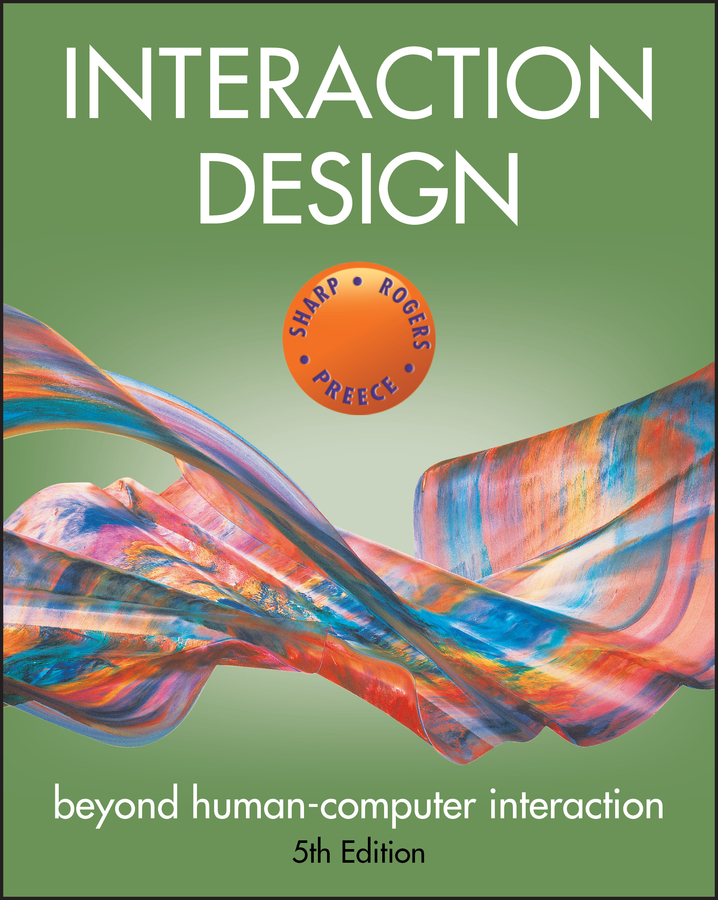
Table of Contents
List of Tables
- Chapter 1
- Chapter 8
- Chapter 9
- Chapter 11
- Chapter 12
- Chapter 14
- Chapter 15
List of Illustrations
- Chapter 1
- Chapter 2
- Chapter 3
- Chapter 4
- Chapter 5
- Chapter 6
- Chapter 7
- Chapter 8
- Chapter 9
- Chapter 10
- Chapter 11
- Chapter 12
- Chapter 13
- Chapter 14
- Chapter 15
- Chapter 16
Guide
Pages
INTERACTION DESIGN
beyond human-computer interaction
Fifth Edition
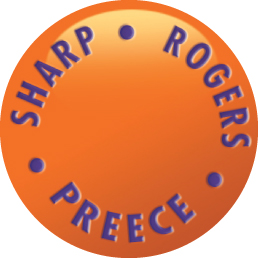

Interaction Design continues to be the standard textbook in the field. Seasoned practitioners will find it useful when they need a reference to best practices or to explain a concept to a colleague. Students can turn to Interaction Design for an easy-to-understand description of the basics or in-depth how-tos. From personas and disabilities to the design of UX organizations and working in Agile, if you're going to pick one book to bring into the office, it should be this one.
Jofish Kaye, Principal Research Scientist, Mozilla, USA
This is the perfect textbook for a wide range of User interface/User experience design courses. For an undergraduate, it provides a variety of compelling examples that illustrate best practice in Interaction Design. For a graduate student, it provides a foundational overview of advanced topics. This book is also essential for the professional who wants to know the state of the art in Interaction design. I use this textbook and recommend it widely.
Rosa I. Arriaga, Ph.D., Senior Research Scientist, School of Interactive Computing Georgia Institute of Technology, USA
The Interaction Design book has immensely contributed to a growing Namibian HCI skilled community over the last decade. Exposing students, academics and practitioners to the basic principles and theories as well as most recent trends and technologies, with global and local case studies, in the latest edition, allows for reflective applications within very specific contexts. This book remains our number one reference in the education of future generations of interaction designers in Namibia, promoting the creation of thoughtful user experiences for responsible citizens.
Heike Winschiers-Theophilus, Professor, Faculty of Computing and Informatics, Namibia University of Science and Technology, Africa
Throughout my teaching of user experience and interaction design, the book by Rogers, Preece and Sharp has been an absolute cornerstone textbook for students. The authors bring together their own wealth of knowledge of academic HCI with a deep understanding of industry practice to provide what must be the most comprehensive introduction to the key areas of interaction design and user experience work, now an established field of practice. I put this book in the essential reading section of many of the reading lists I give to students.
Simon Attfield, Associate Professor in Human Centred Technology, Middlesex University, UK
Interaction design has gone through tremendous changes in the last few yearsfor example the rising importance of big data streams to design, and the growing prevalence of everyday ubiquitous computing issues of sensing and blending gracefully and ethically into peoples' daily lives. This is an important and timely update to a text that's long been considered gold standard in our field. I'm looking forward to using it with my students to help prepare them for the design challenges they will face in today's industrial practice.
Katherine Isbister, Professor, Computational Media, University of California Santa Cruz, USA
More than ever, designing effective human-computer interactions is crucial for modern technological systems. As digital devices become smaller, faster and smarter, the interface and interaction challenges become ever more complex. Vast quantities of data are often accessed on handheld screens, or no screens at all through voice commands; and AI systems have interfaces that bite back with sophisticated dialogue structures. What are the best interaction metaphors for these technologies? What are the best tools for creating interfaces that are enjoyable and universally accessible? How do we ensure emerging technologies remain relevant and respectful of human values? In this book, you'll find detailed analysis of these questions and much more. (It is a valuable resource for both the mature student and the reflective professional.)
Frank Vetere, Professor of Interaction Design, School of Computing and Information Systems, University of Melbourne, Australia
This is at the top of my recommended reading list for undergraduate and master's students as well as professionals looking to change career paths. Core issues to interaction design are brought to life through compelling vignettes and contemporary case examples from leading experts. What has long been a comprehensive resource for interaction design now incorporates timely topics in computing, such as data at scale, artificial intelligence, and ethics, making it essential reading for anyone entering the field of interaction design.
Anne-Marie Piper, PhD, Associate Professor, Departments of Communication Studies, Electrical Engineering and Computer Science, Northwestern University, USA
I have been using Interaction Design as a textbook since its first edition for both my undergraduate and graduate introductory HCI courses. This is a must-read seminal book which provides a thorough coverage of the discipline of HCI and the practice of user-centered design. The fifth edition lives up to its phenomenal reputation by including updated content on the process of interaction design, the practice of interaction design (e.g., technical debt in UX, Lean UX), design ethics, new types of interfaces, etc. I always recommend Interaction Design to students and practitioners who want to gain a comprehensive overview of the fields of HCI and UX.
Olivier St-Cyr, Assistant Professor, Teaching Stream, University of Toronto, Canada
Interaction design is a practice that spans many domains. The authors acknowledge this by providing a tremendous amount of information across a wide spectrum of disciplines. This book has evolved from a simple textbook for HCI students, to an encyclopedia of design practices, examples, discussions of related topics, suggestions for further reading, exercises, interviews with practitioners, and even a bit of interesting history here and there. I see it as one of the few sources effectively bridging the gulf between theory and practice. A copy has persistently occupied my desk since the first edition, and I regularly find myself revisiting various sections for inspiration on how to communicate the reasoning behind my own decisions to colleagues and peers.
William R. Hazlewood, PhD, Principal Design Technologist, Retail Experience Design Concept Lab, Amazon, USA
For years Interaction Design has been my favourite book not only for supporting my classes but also as my primary source for preparing UX studies to industrial and academic settings. The chapters engage readers with easy-to-read content while presenting, harmonically, theories, examples and case studies which touch in multidisciplinary aspects of construction and evaluation of interactive products. The fifth edition again maintains the tradition of being an up-to-date book on HCI, and includes new discussions on Lean UX, emotional interaction, social and cognitive aspects, and ethics in human studies, which are certainly contemporary topics of utmost relevance for practitioners and academics in interaction design.
Next page

